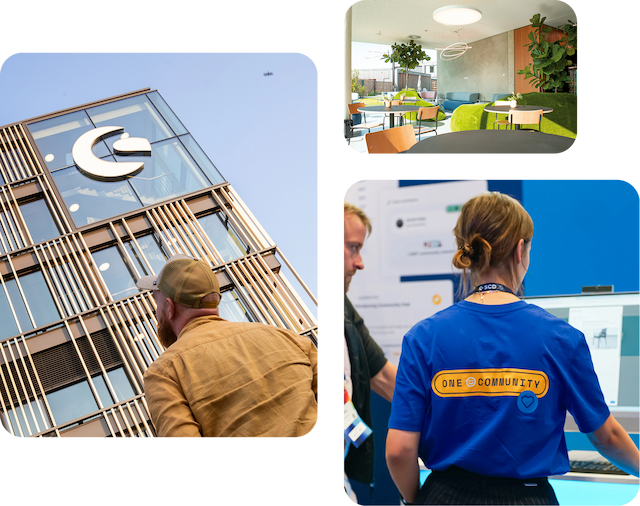
For many Shopware merchants, PayPal has long been viewed as just another payment option – a button in the checkout that some customers prefer. And not just for merchants. During a recent road trip visiting German Shopware partners, the Shopware DevRel team learned a thing or two about PayPals products from Stefan Martens, Developers Commercial Lead at PayPal, that we felt needed more attention.
PayPal has undergone a significant transformation that makes it a complete hosted checkout rather than simply a payment method. In the 3 articles, we’ll be sharing what we have learned.
From wallet to infrastructure
PayPal's journey began as a peer-to-peer payment service, primarily known for enabling money transfers between individuals and payments on platforms like eBay. Over time, it became known for online wallet functionality, a place where users stored funds or linked credit cards for convenient checkout.
In 2025, PayPal offers something fundamentally different. Rather than just processing wallet transactions, the platform functions as a complete payment infrastructure that handles multiple payment methods through a single integration. Customers actually access a gateway to numerous payment possibilities, including credit cards, debit cards, Apple Pay, Google Pay, and Buy Now Pay Later options. This aggregation fulfills modern consumer expectations, as shoppers simply want their preferred payment method to work, regardless of where it's integrated or who processes the payment.
“What we have recently done is a complete redesign of the PayPal payment experience – it’s now more intuitive, streamlined, and optimized for conversion. The new design has already been live in the US for some time, improving conversion and directly translating into higher merchant revenue,” says Stefan Martens.
Merchants gain significant benefits:
Stored customer addresses for more convenience when paying with PayPal
One-click purchases for returning customers
Integrated buyer and seller protection that increases customer confidence
Shipping methods pulled directly from the merchant's Shopware configuration
Strategic payment placement and technical architecture
Ecommerce optimization requires payment options beyond traditional checkout pages. PayPal's infrastructure enables payment buttons directly on product pages, making single-item purchases faster for customers who have already researched prices and simply want quick completion. The implementation is very flexible, allowing merchants to add payment buttons anywhere in their Shopware store – product pages, cart summaries, or any strategic location where customers might benefit from faster checkout options.
In the US the technical architecture behind this infrastructure involves already a newly released range of API endpoints and webhooks handling complex ecommerce scenarios. Shipping callbacks now connect directly to the shop, allowing real-time shipping cost calculations based on customer addresses and the merchant's configured shipping rules. And merchants are able to collect email addresses and phone numbers through the checkout flow.
Shopware's PayPal extension provides these capabilities without additional development work – shipping callbacks, contact processing, and checkout state management all work out of the box. Developers wanting to add custom features can leverage PayPal's SDK, while the standard integration covers most merchant needs as new Express Checkout modules become available.
Practical benefits for Shopware merchants
The PayPal checkout approach brings concrete advantages. Rather than juggling separate integrations for PayPal, credit cards, alternative payment methods, and Buy Now Pay Later services, the Shopware extension delivers everything through one pre-built connection. This consolidation eliminates redundant technical maintenance and simplifies reconciliation processes.
Here's the driver merchants often miss: PayPal has evolved into much more than a digital wallet. It now serves as a complete payment infrastructure, uniting multiple payment methods in one seamless experience and meeting the modern consumer’s demand for choice and convenience. When we look at PayPal as a payment method saves the users preferences such as shipping methods, so they can easily access it on the next check out. A customer who's never visited your store but has used PayPal anywhere else can check out in seconds, turning first-time visitors into instant buyers. PayPal also takes on responsibility for PCI compliance, fraud detection, and meeting legal requirements across various markets, supporting smaller merchants lacking the resources for strong security measures.











